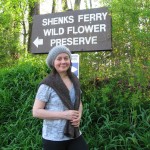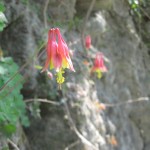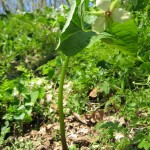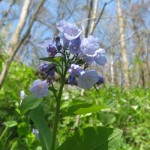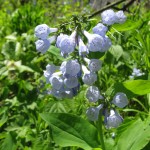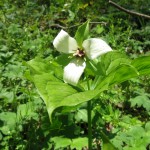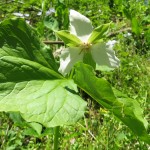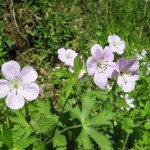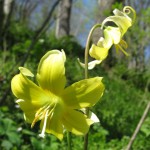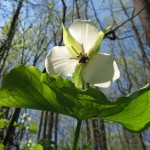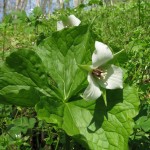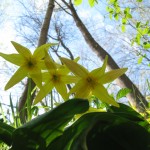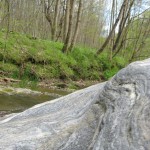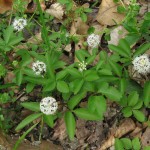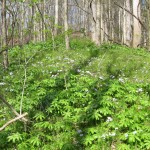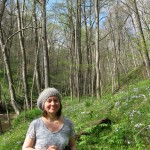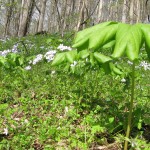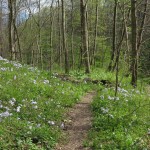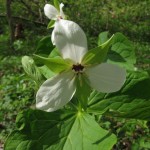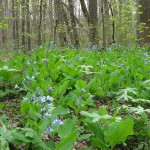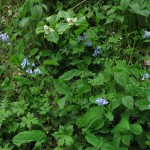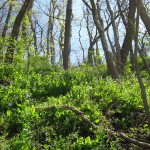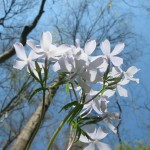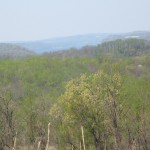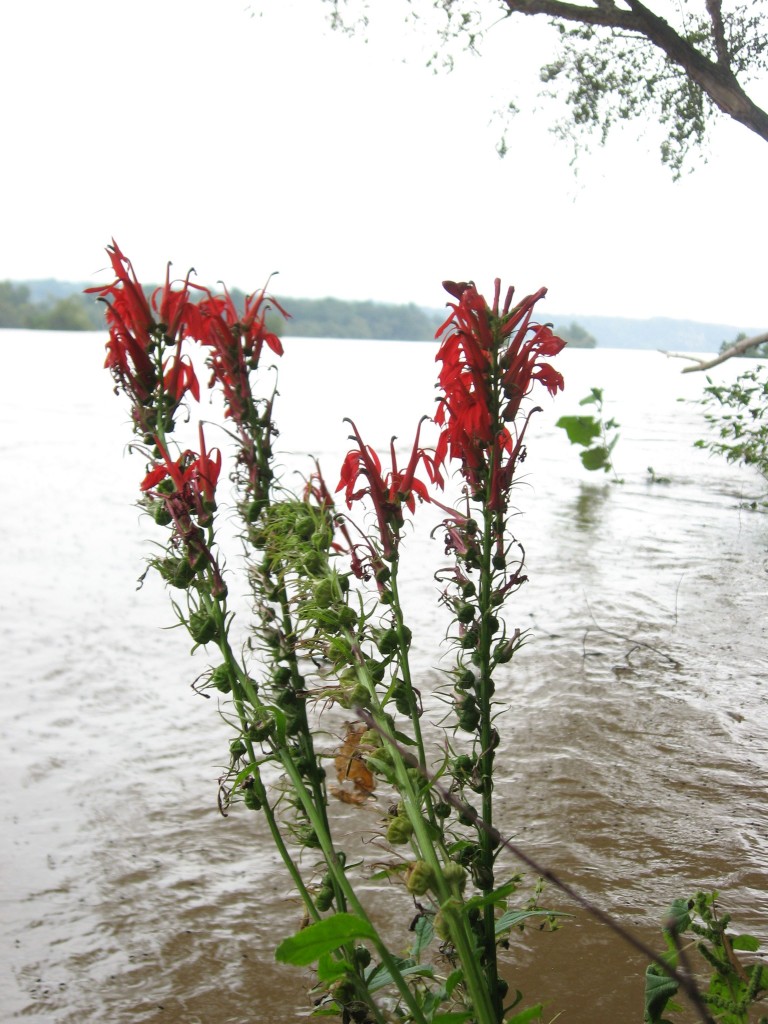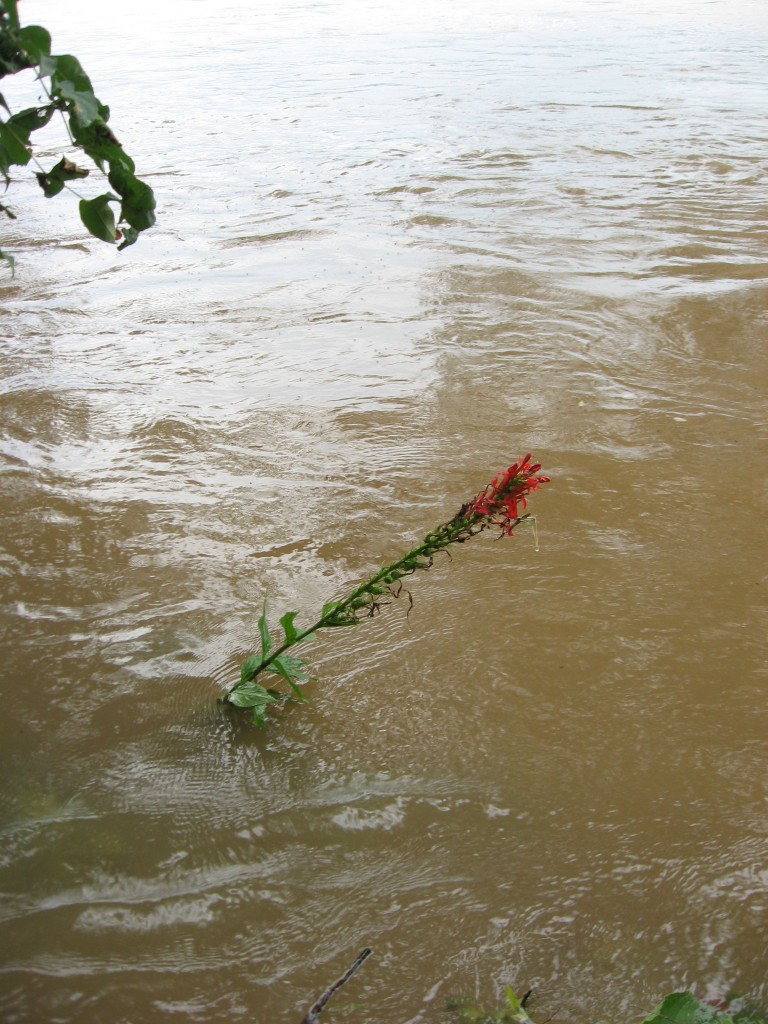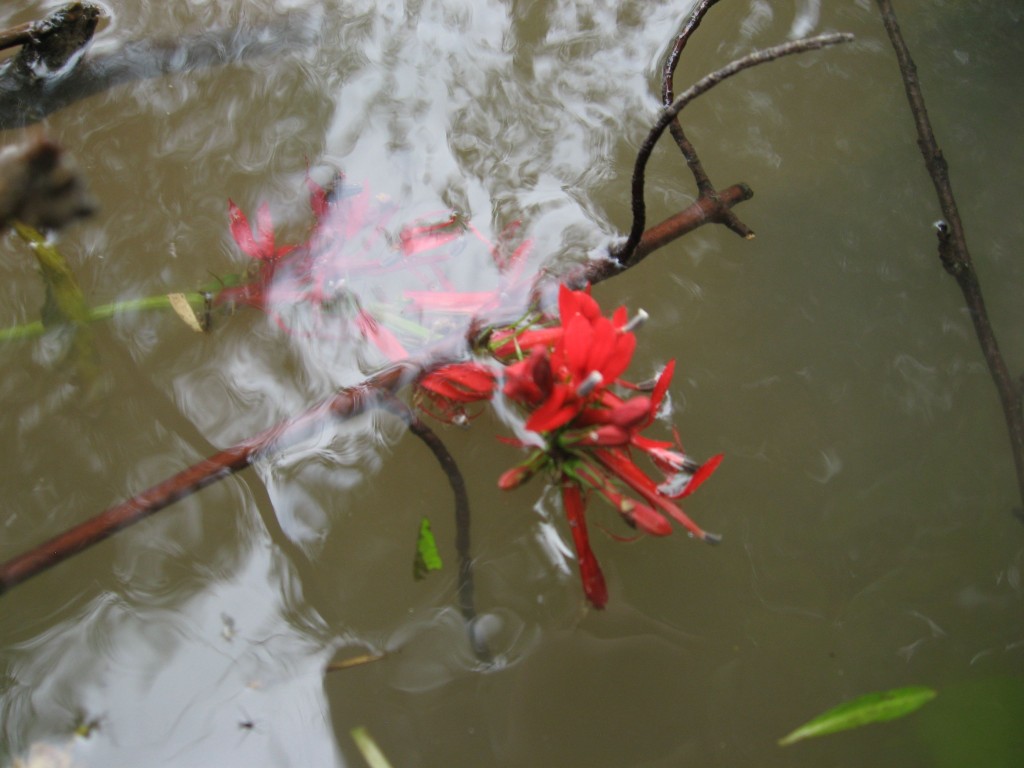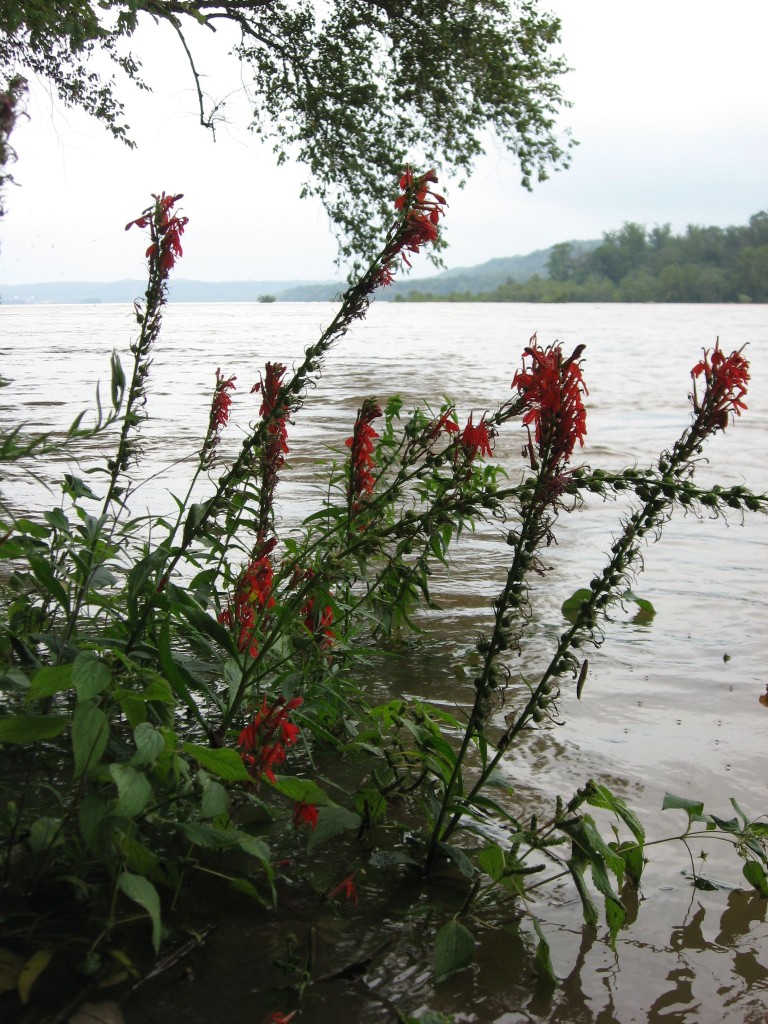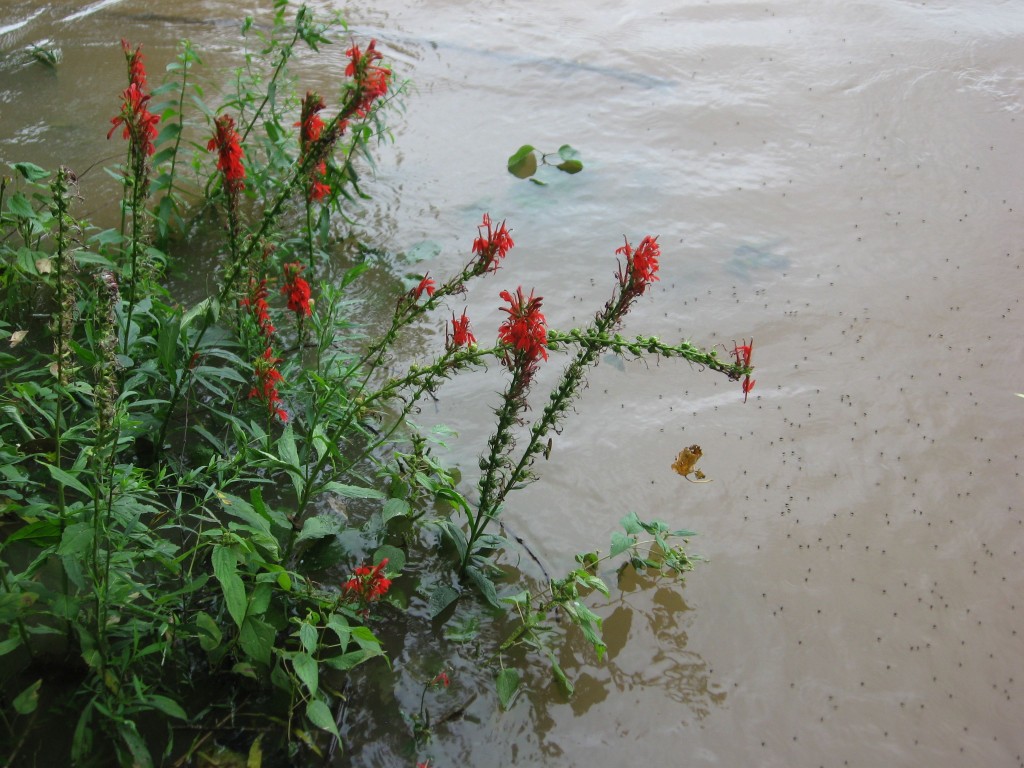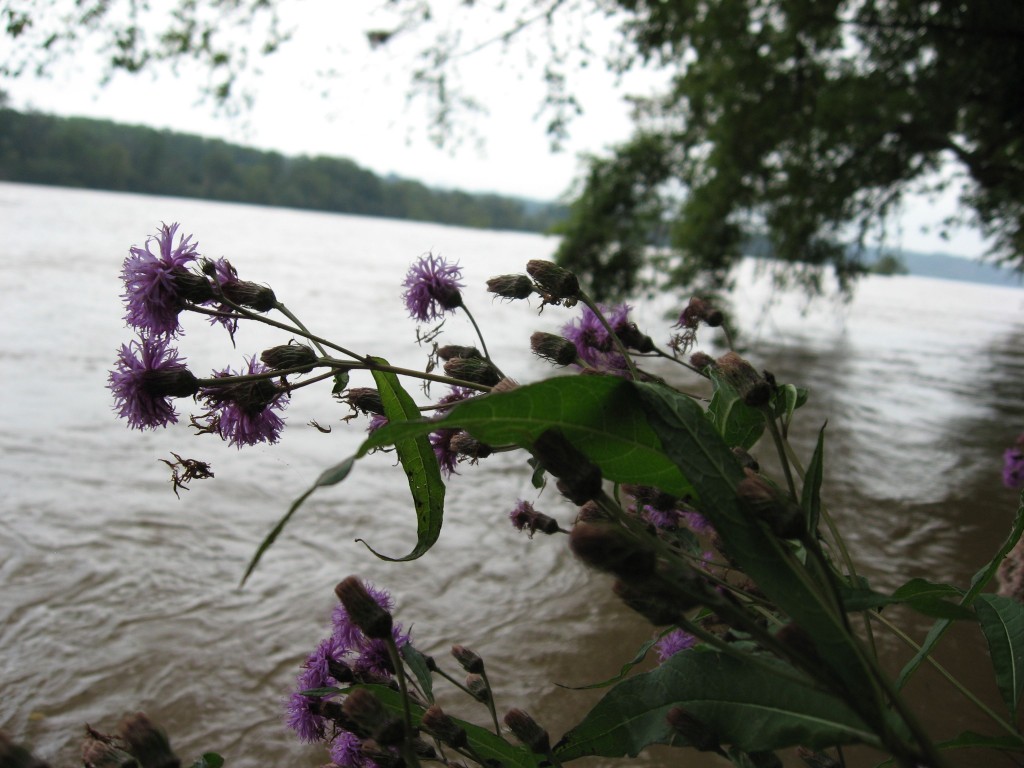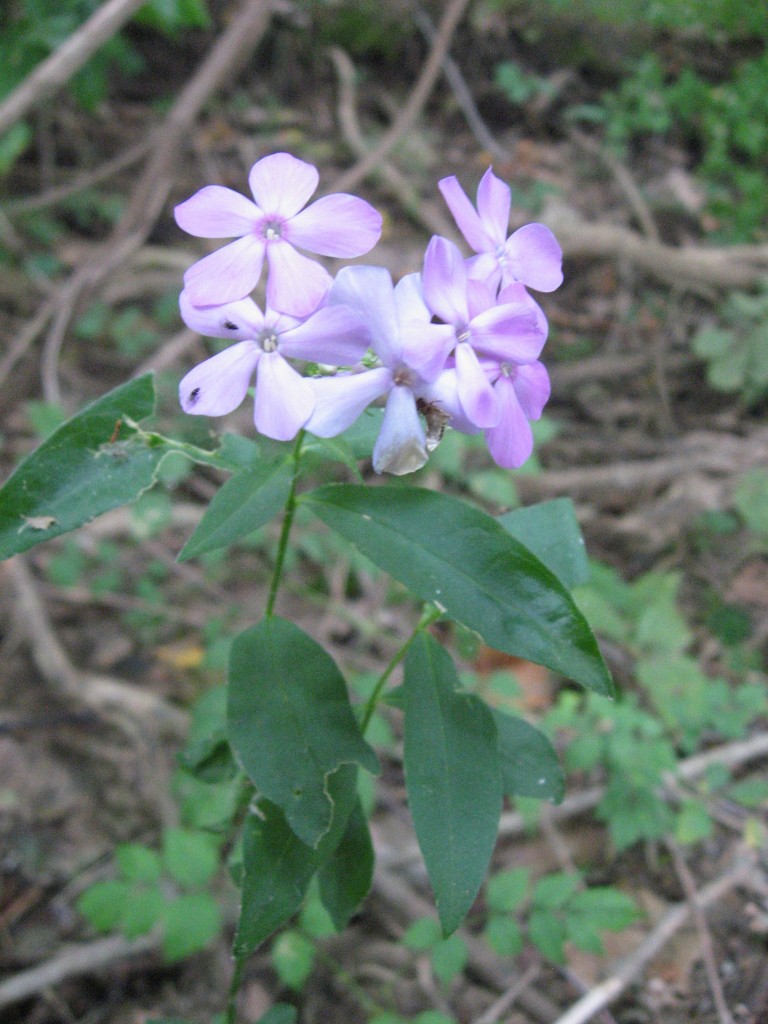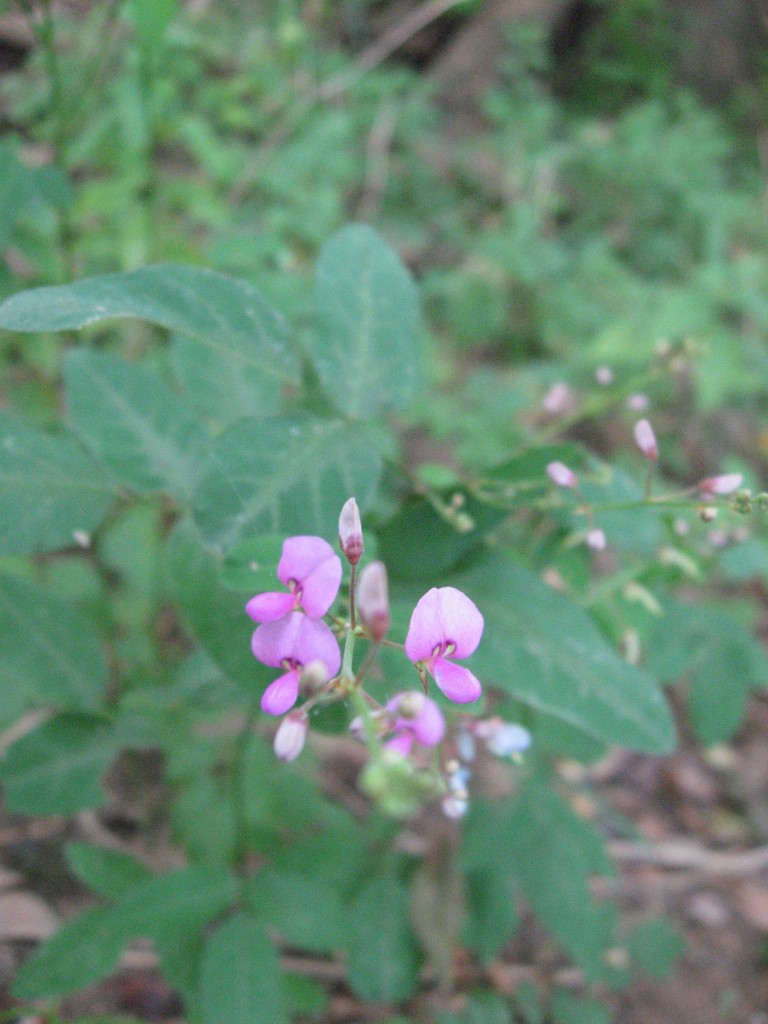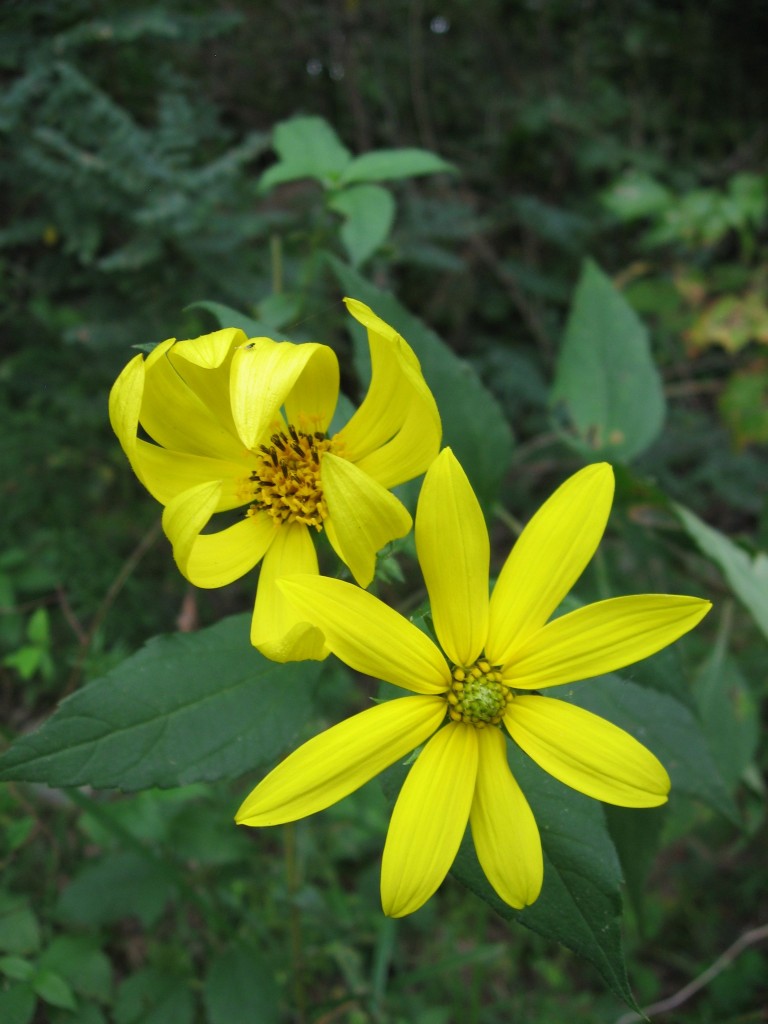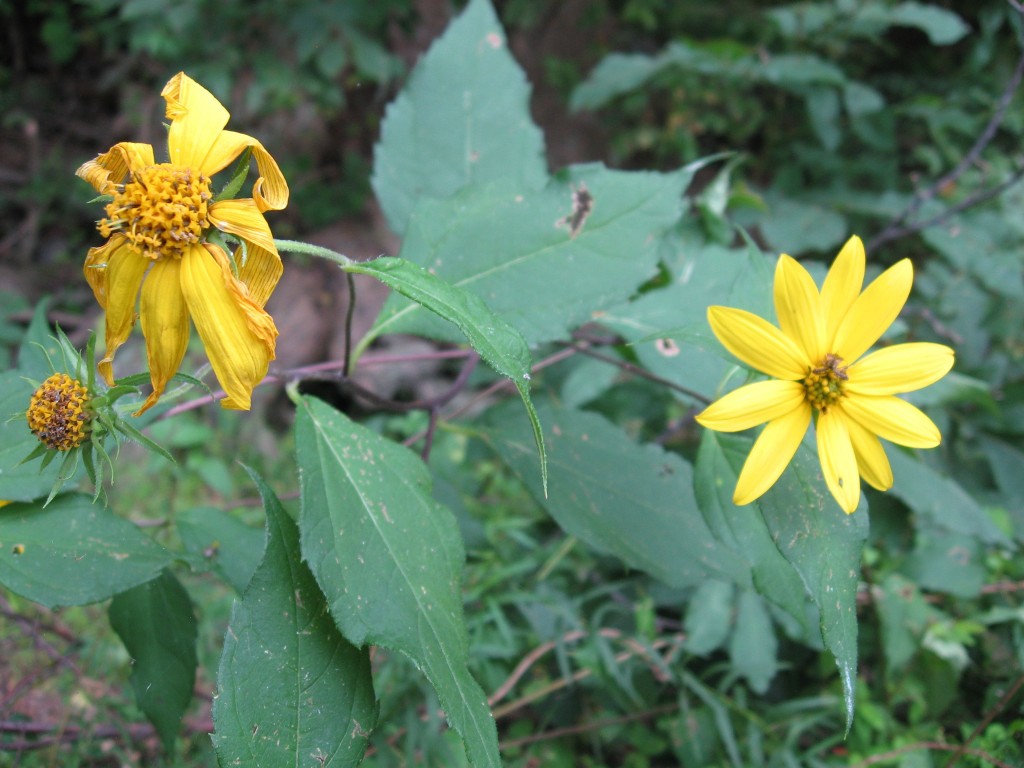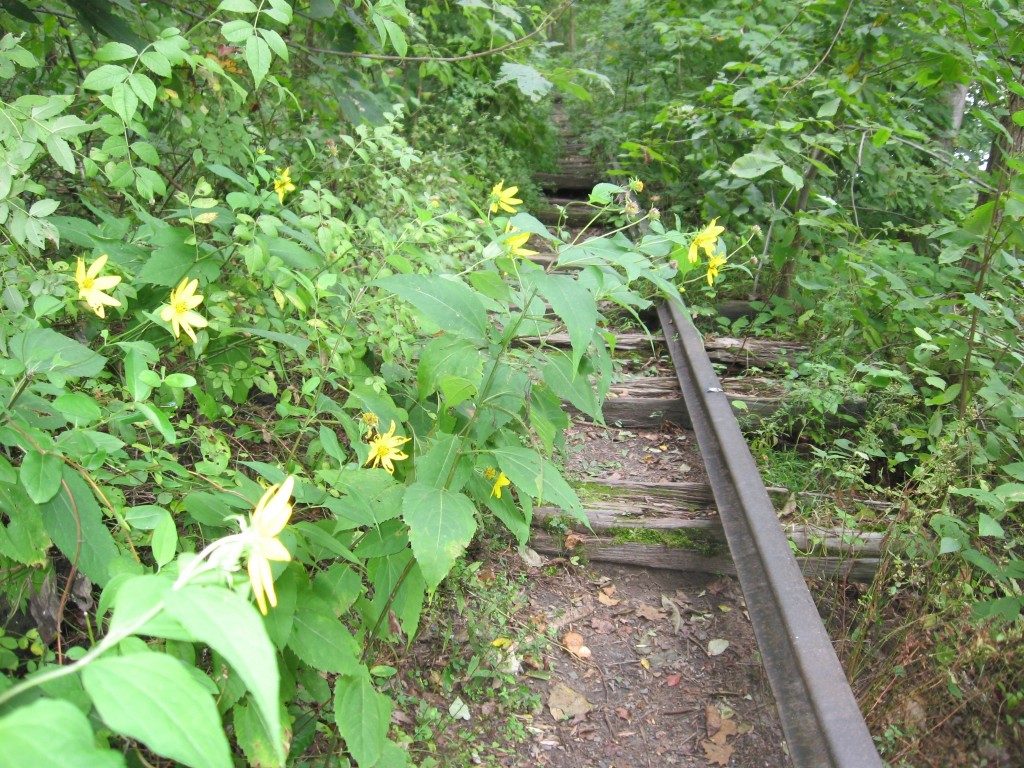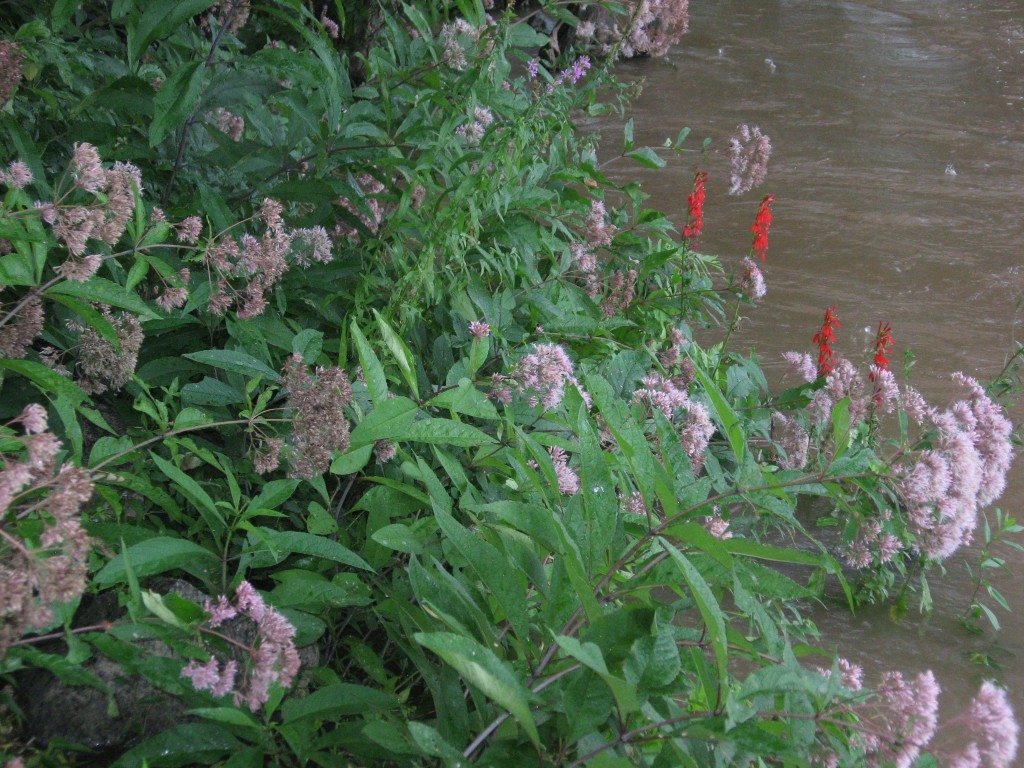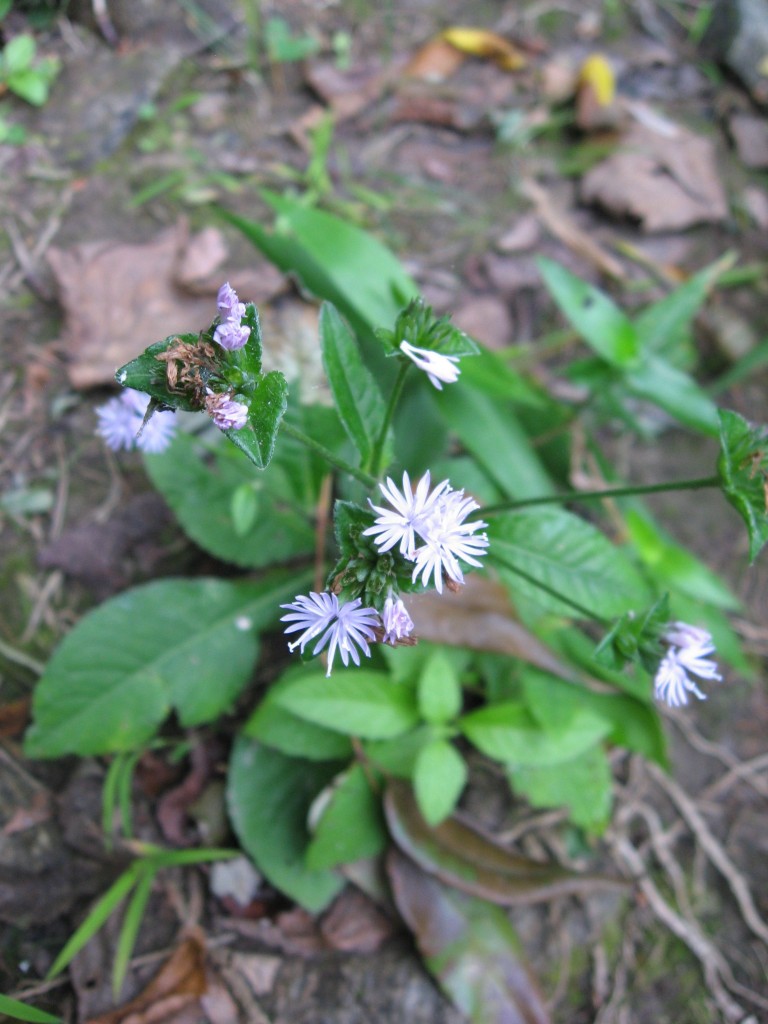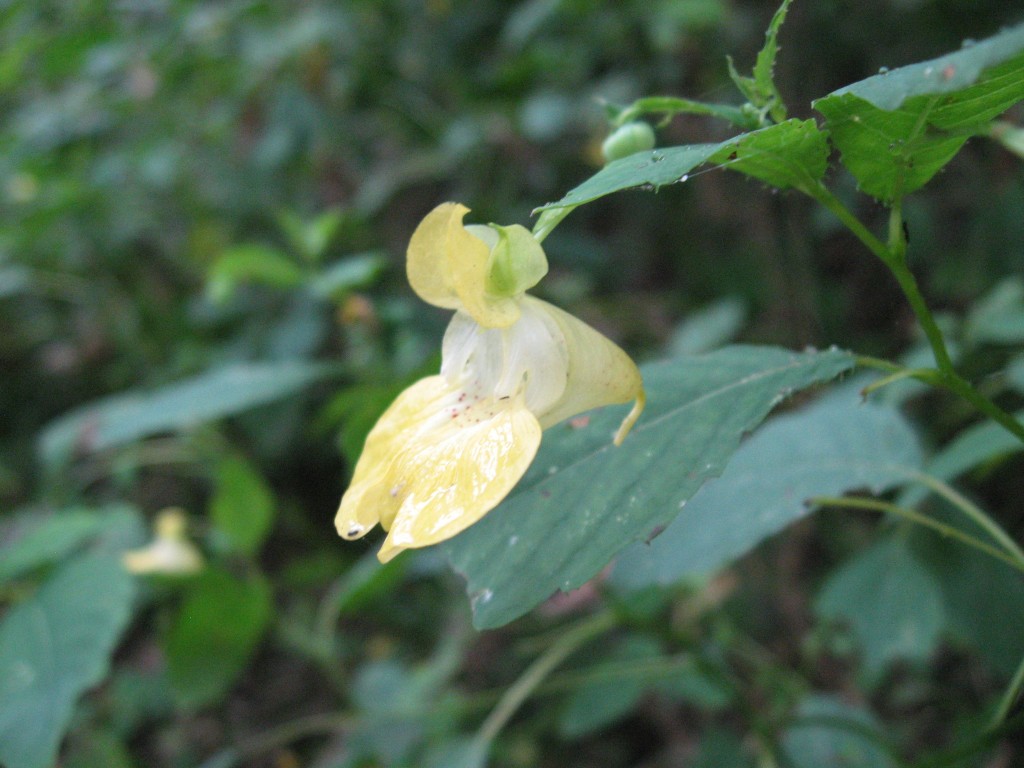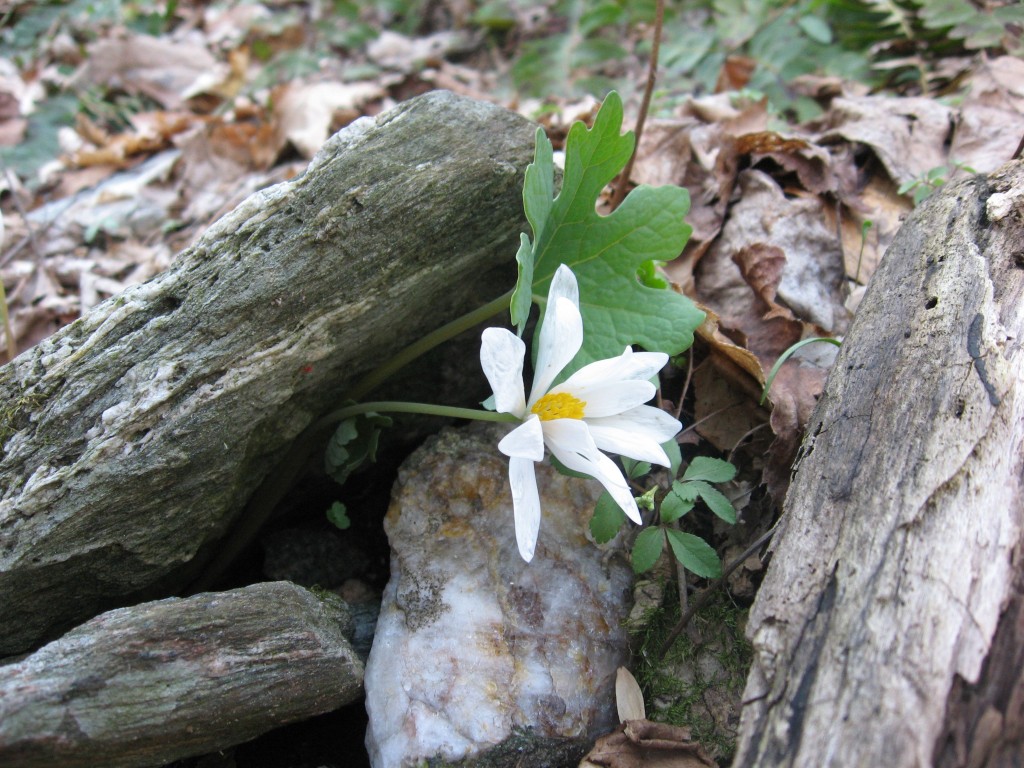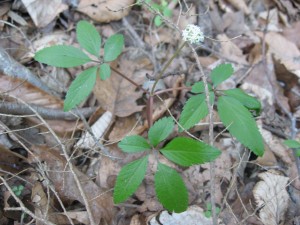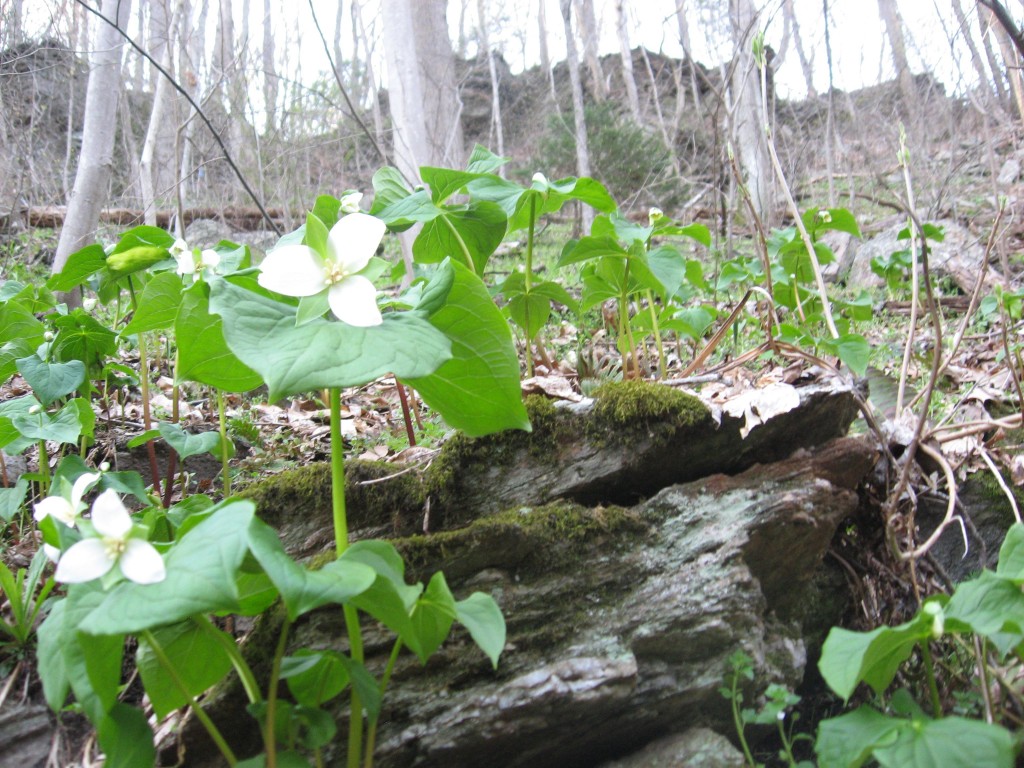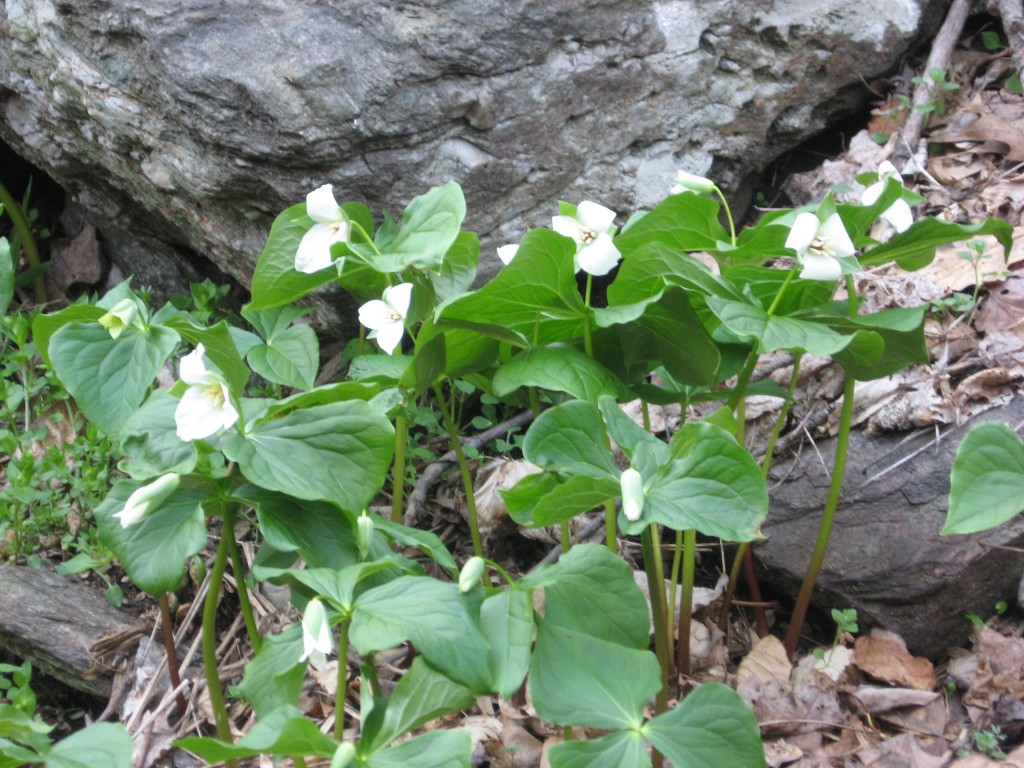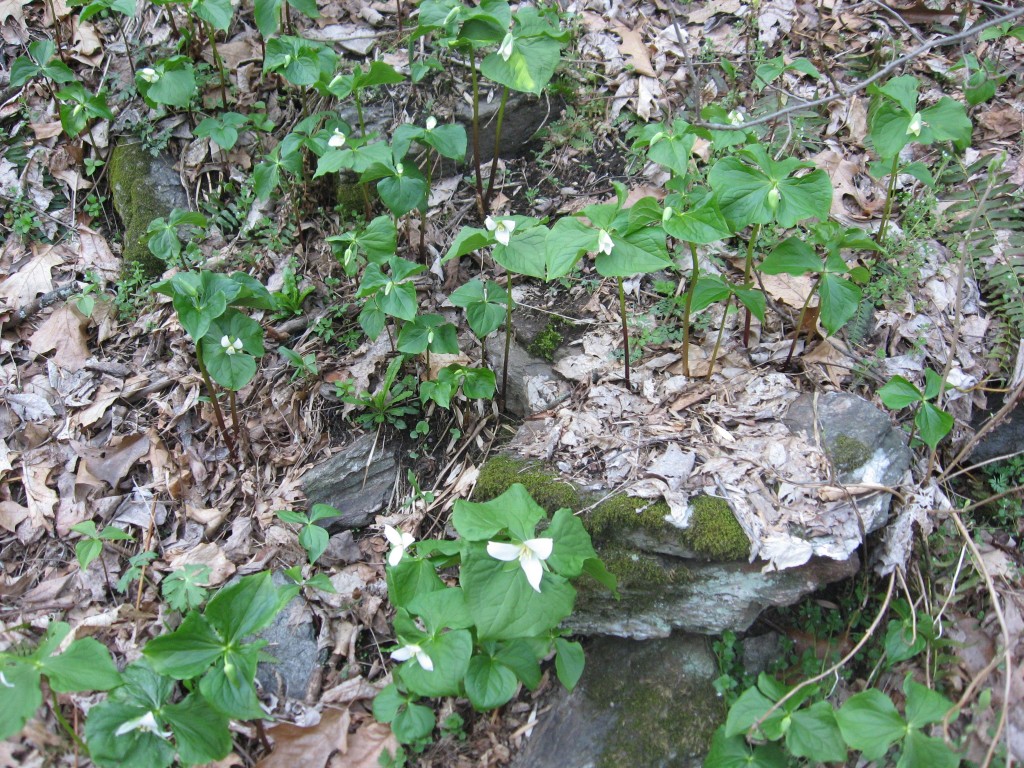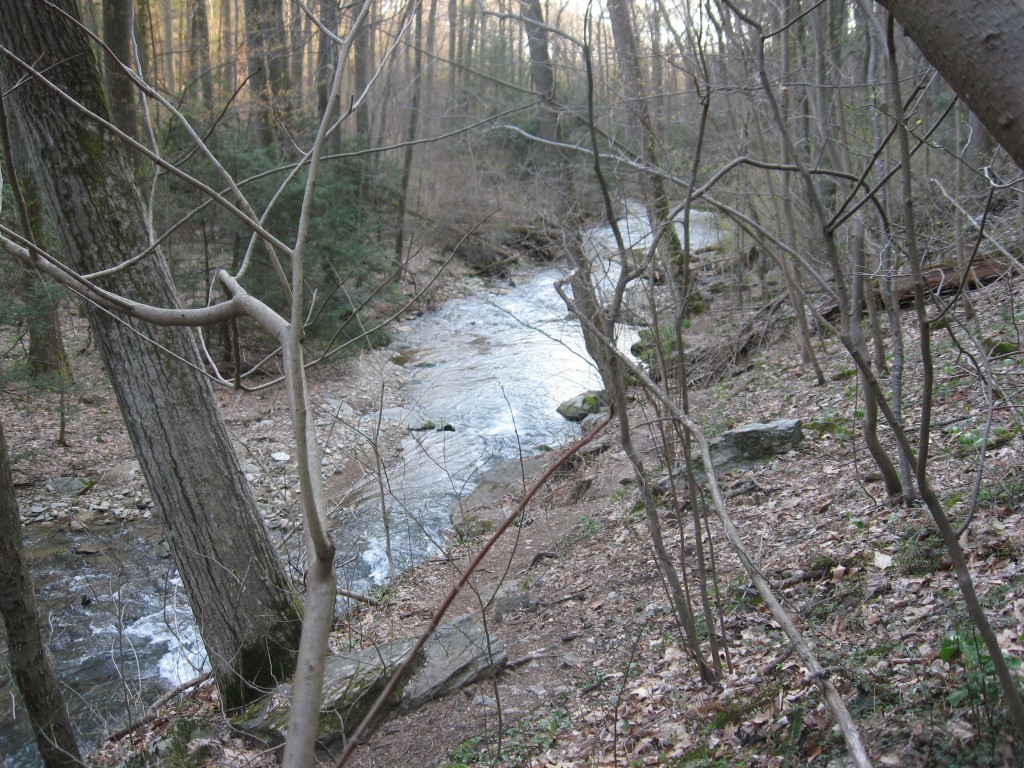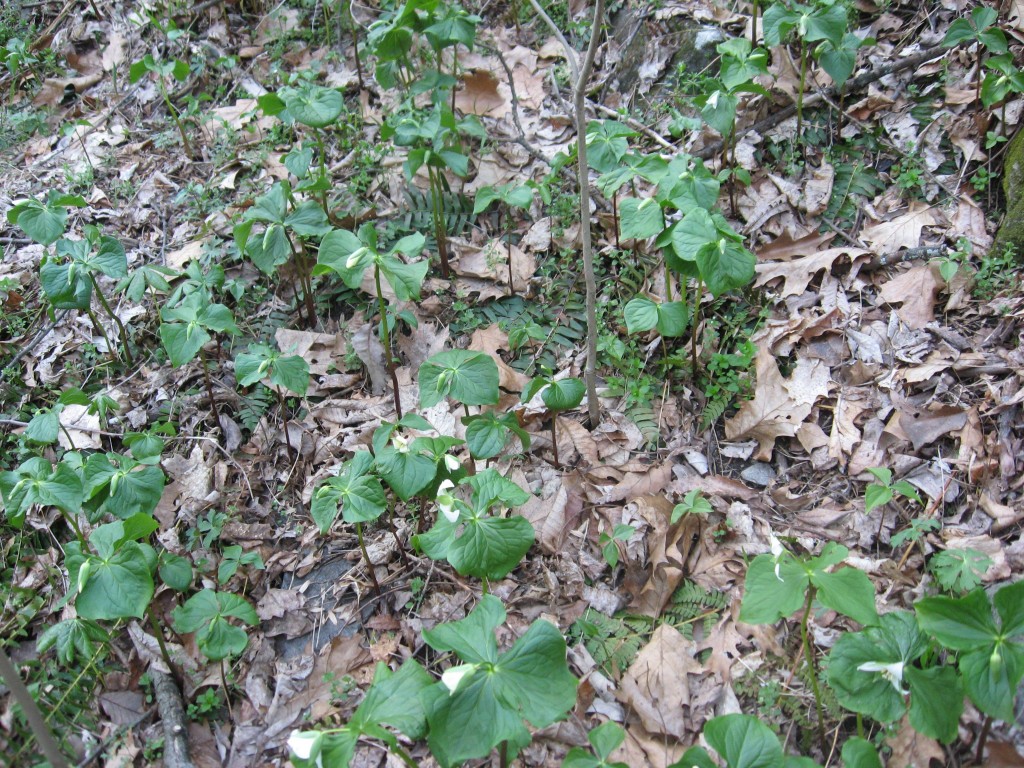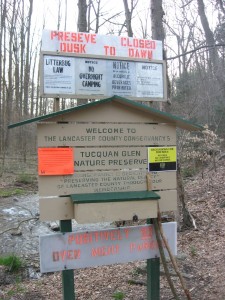In the springtime, down by the Susquehanna River, there is a place we like to go called Shenks Ferry. Â This is a protected ravine where Grubb run cuts deep into the piedmont and spills into the wide and blue river. This is a place where the flowers bloom, covering the hillsides with color.
We have become enchanted.
It is in a remote area, full of charming farms and vistas containing dramatic river views. On April 8, 2012, we descended the piedmont towards Shenks Ferry and caught a view of the whole place. In just minutes we would descend further into the ravine itself.
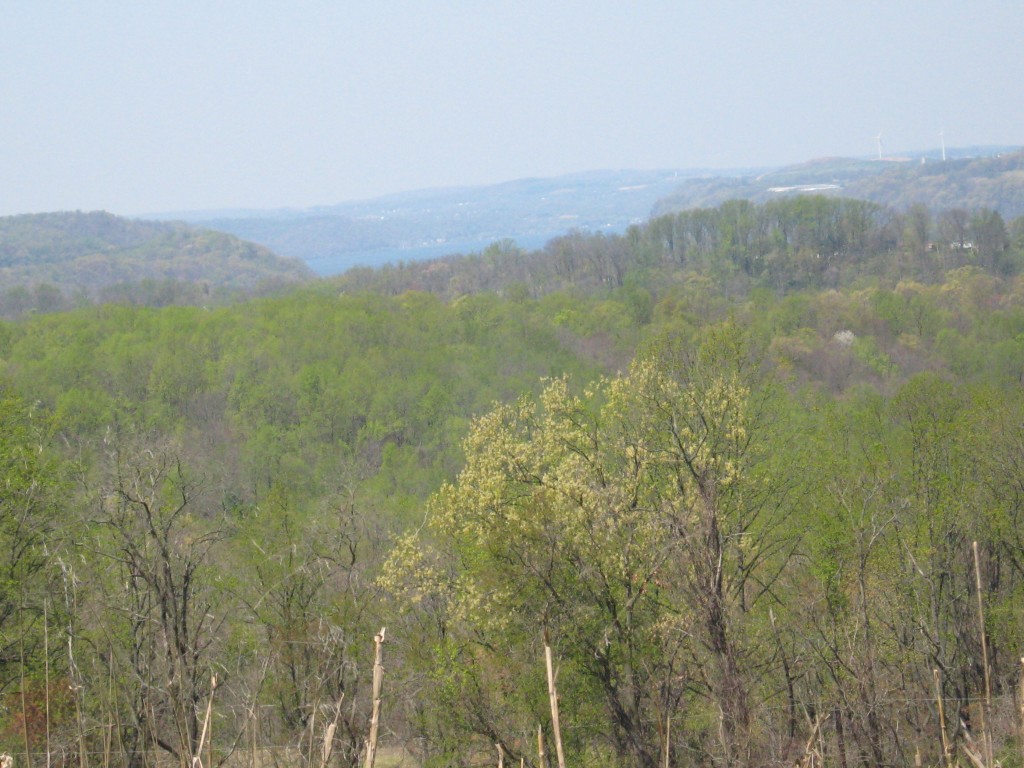
Shenks Ferry has captured our imaginations of Spring and has helped us cultivate our sense of place here in the piedmont of Southeastern Pennsylvania. Â We wonder at the amazing diversity of plant species. It is astonishing.
The beauty of this ravine in the Spring is brought forth by the carpet of green with the multitude of colorful inflorescence. The trees are magnificent; they still have their grand superstructures so apparent in the winter, but with a haze of green buds and flowers. The sun still reaches the flowers of the forest floor, providing them with the energy of a vibrant and fantastic Springtime life.
The leaves of these flowers are so elegant yet delicate. Each leaf is a map of the inner world of the plant. We can clearly see how much the herbaceous plants of the forest floor depend on the trees for their habitat, because when the trees leaf out, they will protect them from the harsh sun of late Spring.
The light of early Spring is distinctive. Once past the equinox, there is a true change in the quality of days, the mood of a morning and the height of an afternoon. Â Our sense of place is once again made ever apparent celestially- our planet has moved around the sun at its usual tilt, but at this point in its orbiting travel, our section of the earth, the Northern hemisphere is more directly in the path of its light.
We are constantly moving, and there is change and revolution in Shenks Ferry.
The flowering herbaceous plants, the shrubs and the trees are rooted and beyond what we perceive as ancient. Their genetic provenance in this ravine is beyond our comprehension of time, like the rocks they grow out of are geological, these plants are botanical. In the sciences, time is measured and quantified with the greatest degree of accuracy possible. Everything is evidence based, and botany and geology are fused in time, like the fossil of a fern found in the layers of a sedimentary rock. Time has a physical manifestation we can understand and touch.
Looking at these plants and rocks in Shenks Ferry on a balmy April afternoon, we see a world that embodies time itself as our world has recorded it. It is a time-sense that is very difficult to comprehend, especially with the rocks. The beauty of these flowers and the whole place is in lock step with time itself. The blooming flowers reflect the past to us, many years beyond our sense of the ancient and prehistoric. Like the night sky, the light of the stars has finally reached us from a long ago past, the spring flowers before our eyes are also images from the distant past.
We stopped for lunch on a log, and wondered at the floral hillside beyond, reaching up to that blue spring sky, a hillside covered with blooming bluebells and trilliums, a hillside of Oaks, Maples and Beeches, with an understory of  Sassafrass, Dogwoods and Redbuds, we wondered about what beauty really is and where it is, and if it is measurable, like in Botany or Geology, or in contrast to the horrors of the world, that of war and environmental degradation, that beauty has been worn down to something as rudimentary as an aesthetic  sensibility subject to the whims of the creative observer, or is it something less complicated, like the passage of time itself, the rotation of the planets around the sun, the flowering of the ages, a Bluebell, what we call the Mertensia virginica, a flower bluer than the sky, a blue that we can hold in our hands, a beyond ancient blue, a seemingly timeless blue that we can plant, cultivate and regenerate in our own gardens, a blue that we can appreciate, photograph and a converse about in our  time, this is the blue of a Spring sky, the blue of time, this is the blue that is beyond our comprehension, yet it is the color of blue that inspires our imaginations.
While there may be aspects of the flower that are genetically complicated and worthy of study and research that will further our understanding and appreciation of the world, the simple beauty of the flower is the blue color. The sky is growing out of the ground! What is Spring without the plants mirroring the sky?



